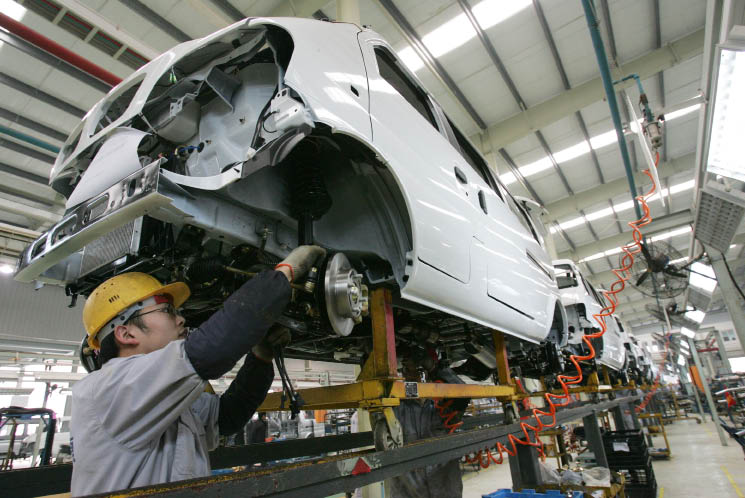| Private Investment Encouraged to Promote Mixed Ownership Economy
By staff reporter JIAO FENG
THE China Banking Regulatory Commission (CBRC) released on May 26 the Implementation Opinions on Encouraging and Guiding the Private Capital to Enter into the Banking Sector (Opinions). The document stipulates that private capital can gain access to the banking sector as long as it abides by the same conditions as other categories of capital. The Opinions encourages private enterprises to invest in banks and financial institutions, stressing that no restrictive or auxiliary requirements will be imposed on such investment upon its entry into the banking sector. China’s banking industry appears bent on opening its door to private capital. Shortly before the release of the Opinions, China’s Ministry of Transport, Ministry of Railways, Ministry of Health, State-owned Assets Supervision and Administration Commission of the State Council (SASAC) and China Securities Regulatory Commission introduced similar guidelines on encouraging the entry of private capital into these respective sectors. These opinions are also geared to lifting limitations on private capital, expanding the scope of private investment and creating a favorable environment for private capital.
The SASAC clearly proposes to encourage private firms’ investment in restructuring state-owned enterprises (SOEs) in a bid to promote mixed ownership and to establish a modern system of property rights that will propel transformation of the SOE operating mechanisms and modes of development. The new policy will spur the impetus of state-owned enterprise reform in a market-oriented direction and so contribute to improvements in China’s basic economic system.
 |
|
Private enterprises have been dynamic in China’s auto industry. Photos by CFP |
Government Support Fuels Development of Non-public Economy
Earlier higher-level documents had also proposed breaking the state-owned monopoly on the economy and supporting development of the private sector. In February 2005, the State Council promulgated the Several Opinions of the State Council on Encouraging, Supporting and Guiding the Development of Individual, Private and Non-Public Enterprises (commonly known as the 36 Guidelines for non-public sectors of the economy). This was the first-ever central government document themed on promoting development of China’s non-public economy. In May, 2010, the State Council promulgated the Several Opinions of the State Council on Encouraging and Guiding the Healthy Development of Private Investment (36 New Guidelines), which expanded the scope of private capital investment to include infrastructure, financial services, telecommunications, transport, public utilities and low-income housing construction.
Successive laws guaranteeing the rights and interests of the non-public economy, such as the Law on Promotion of Small and Medium-sized Enterprises, the Company Law, the Law of Administrative Licensing and the Real Rights Law, have also been introduced. They ensure the equal status of non-public and state-owned enterprises on the market.
Problems stemming from the global financial crisis have to some degree impaired both China’s public and private economy. With the support of governmental policies, however, China’s non-public economy has on the whole maintained its development momentum. Statistics quoted by Xinhua News Agency show that in 2011, non-public economy accounted for 60 percent of China’s 47-trillion-yuan GDP; also that in 2010, 80 percent of the 346.7 million working population in China’s urban areas was employed in the non-public sector. As for revenue, that in tax from private enterprises for the period January to April 2012 accounted for more than 60 percent of all national tax revenues, and in 2011 private enterprises contributed 75 percent of China’s total profits from industrial enterprises.
| 